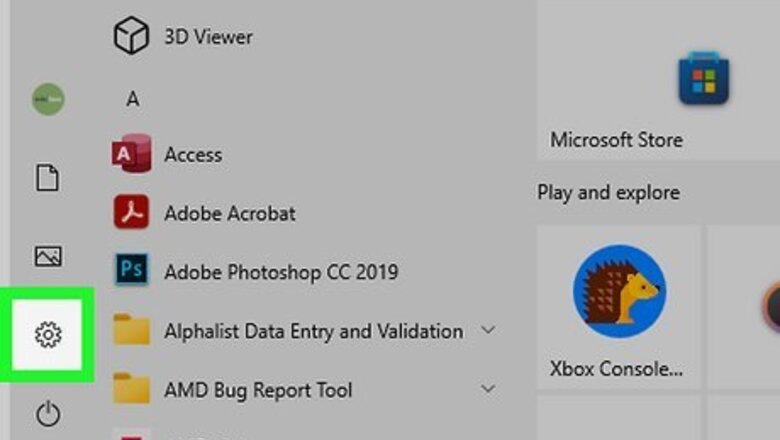
views
- If your printer has its own printing utility (e.g., HP Smart), you can usually use it to self-clean your printhead.
- Depending on your printer, you may be able to clean printheads from within your Windows or Mac printer settings.
- You can also clean printheads manually using a mix of distilled water and isopropyl alcohol.
Self-Cleaning on Windows
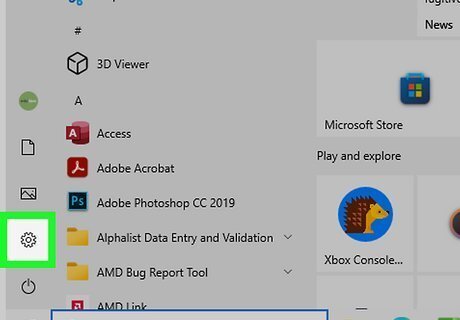
Open your Windows Settings. If you're using Windows 10 or Windows 11, click the Start menu, then click the Settings gear icon. This method will work for printers whose manufacturers have added the printhead cleaning function to Windows, including most Canon printers. If this method doesn't work for you, it's likely because your printer manufacturer has its own app you can use to clean your printheads. Make sure your printer is turned on and has at least one sheet of paper inserted. If you have an HP printer, see this method to learn how to clean your printhead with HP Smart.
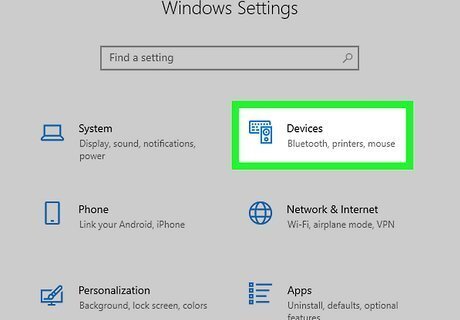
Click Devices (Windows 10) or Bluetooth & Devices (Windows 11).
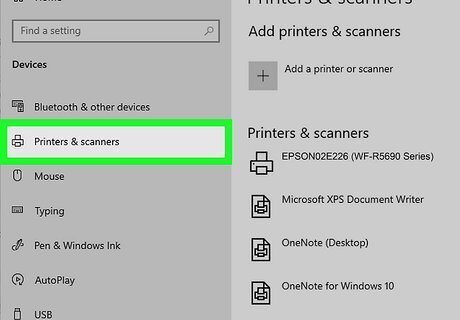
Click Printers & Scanners. It's in the left panel on Windows 10 and on the right panel on Windows 11.
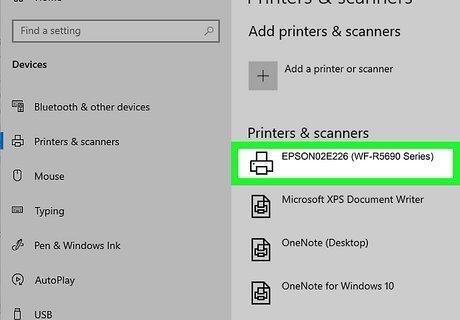
Select your printer. Additional options will appear.
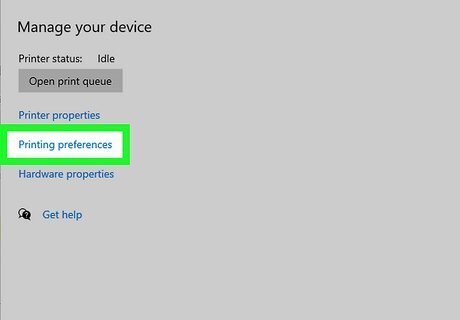
Click Printing Preferences. This opens a window with several tabs.
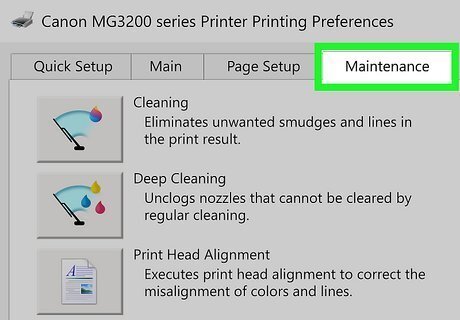
Click the Maintenance tab. If your printer has this function, you'll find this tab at the top of the window. Some printers keep the self-cleaning option in a More Options or a Tools tab as well. If you see your printer's icon on the Windows system tray (near the clock), try right-clicking the icon and selecting Head Cleaning instead.
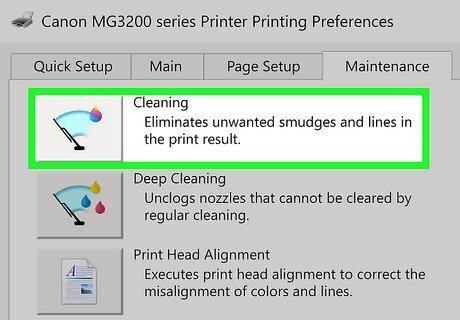
Click the Cleaning option. This option will usually say Clean Heads or Clean Cartridges, but keep an eye out for any "Clean" option on the page. If you can't find an option to clean your printer's print heads (or "nozzles" or "cartridges"), consult your printer's manual or online documentation. Your printer may not have a self-cleaning option, or it may only be accessible through your printer's app.

Follow any on-screen prompts. If prompted to do or click anything during the cleaning process, do so. Otherwise, your printer should clean itself, after which point you can resume printing your documents. You may have the option to print a test page to verify whether the cleaning process worked. If your printing results still indicate clogged printheads, you'll need to manually clean the printhead to fix the problem.
Self-Cleaning on a Mac
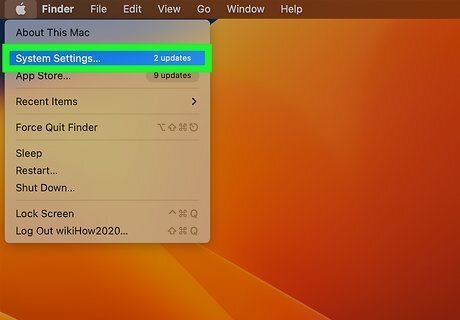
Open your Mac's System Settings. Click the Apple menu at the top-left corner, then select System Settings from the menu. If you're using an older version of macOS, select System Preferences instead. Make sure your printer is turned on and has at least one sheet of paper inserted. If your printer has its own application, such as Epson Print Utility or HP Smart, use that app to clean your printheads instead.
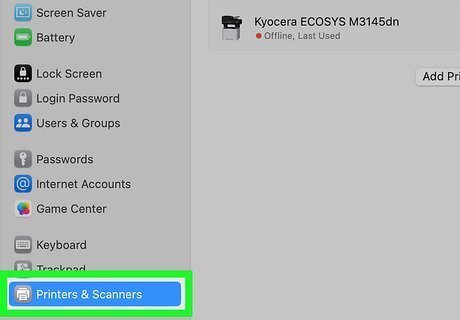
Click Printers & Scanners. Look for the printer icon on the left sidebar (Ventura) or in the icon list (earlier versions). You may need to scroll down to see it.
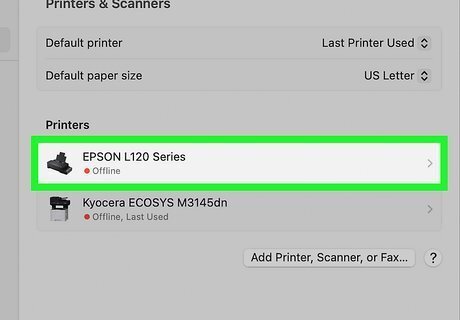
Select a printer. On the left side of the window, click the printer for which you want to run the self-cleaning program.
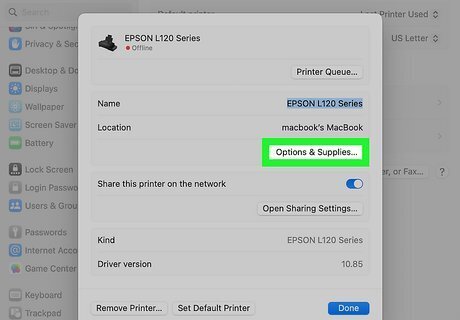
Click Options & Supplies…. You'll find this in the middle of the window.
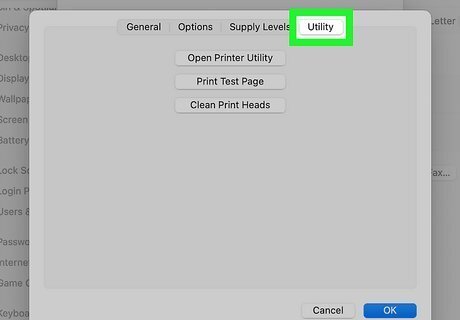
Click Utility. This tab is at the top of the page.
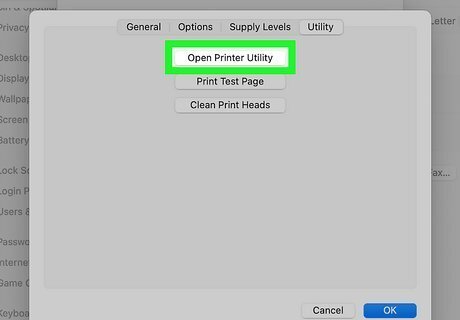
Click Open Printer Utility. It's in the middle of the page.
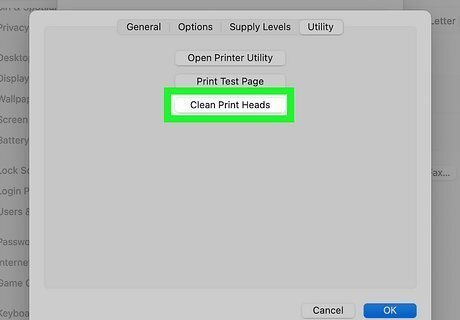
Select the Cleaning option. This option's location and appearance may vary depending on your printer, but you'll usually see a Head Cleaning or Cartridge Cleaning option on this page. If there's a drop-down box at the top of the window, click it and then click Cleaning in the drop-down menu if possible. If you can't find a "Cleaning" option, your printer may not support self-cleaning. Check the printer's manual or documentation online to confirm.
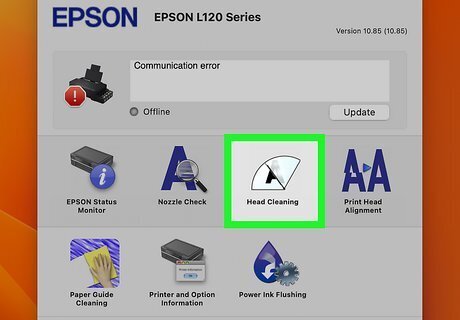
Follow any on-screen prompts. If prompted to do or click anything during the cleaning process, do so. Otherwise, your printer should clean itself, after which point you can resume printing your documents. You may have the option to print a test page that will verify whether or not the cleaning process worked. If your printing results still indicate clogged printheads, clean the printheads manually to fix the problem.
Cleaning Printheads Manually
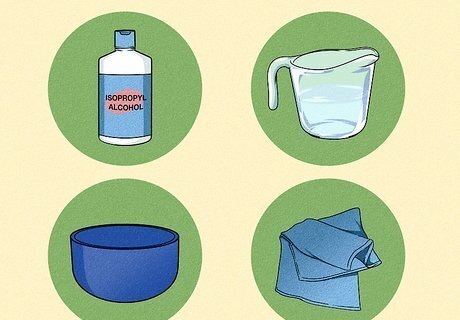
Gather your supplies. To clean printheads, you will need the following items: A cloth (or low-lint paper towels) Isopropyl alcohol Distilled water A bowl or pie tin Plastic sealable baggies
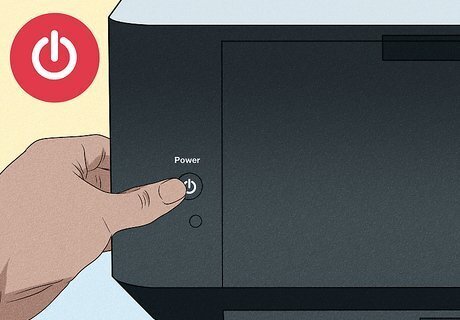
Turn off and unplug the printer. This will prevent you from damaging the printer or hurting yourself while removing the cartridges and the printhead unit.
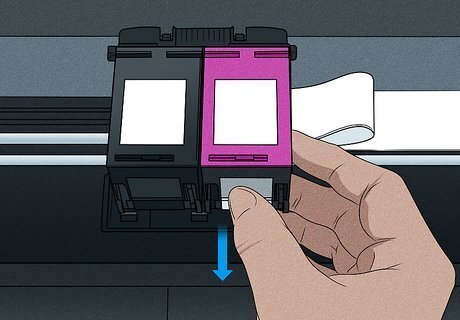
Remove the ink cartridges. Open your printer's main casing, then remove the cartridges one by one until they're all out of the printer. To prevent your cartridges from drying out while you're cleaning the printhead, seal them in the plastic baggies. You will most likely have to consult your printer's manual or online documentation for the proper way to extract the cartridges.
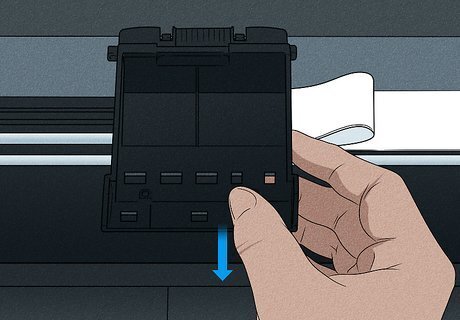
Remove the printhead unit. This is the tray in which the cartridges sit. You should see several holes in the bottom of the printhead unit. Again, consult your printer's manual or online documentation for the proper way to do this for your model. If your printer uses cartridges that have print heads on them, skip this step.
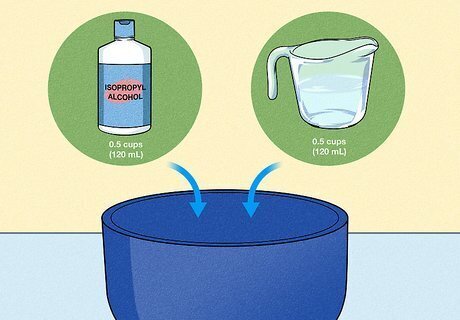
Create a 50/50 mixture of isopropyl alcohol and distilled water. Starting with .5 cups (120 mL) of each should be fine. Mixing the two together reduces the abrasive effects of the alcohol, meaning that the mixture shouldn't damage the print head itself.

Pour the mixture into the bowl. Keep the mixture around .25 inches (0.64 cm) to start—you can always add more later.
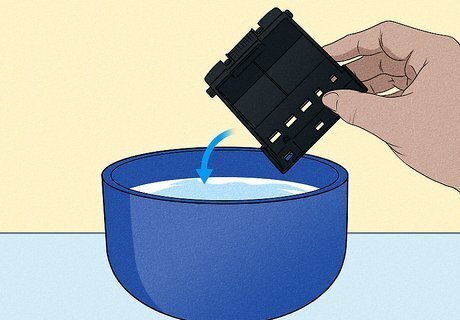
Place the printhead unit in the alcohol and water mixture. The mixture should come about .5 inches (1.3 cm) up the side of the printhead (or cartridge). If your printer uses cartridges with built-in printheads, place the cartridge in the mixture instead.
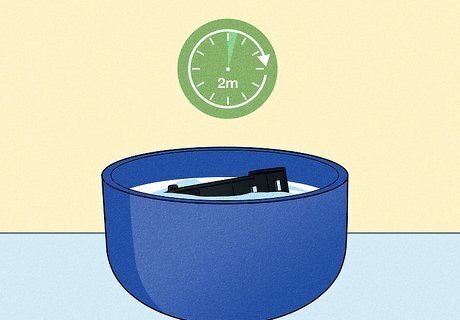
Leave the printhead alone for at least two minutes. Doing so will give the printhead's dried ink time to loosen.
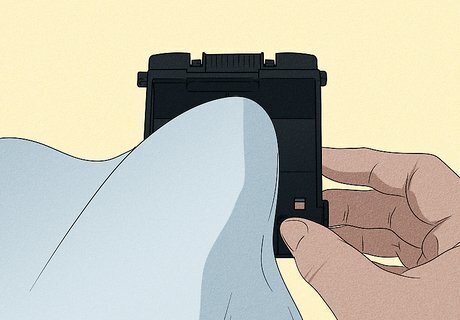
Dab the printhead on a paper towel. This will remove any excess moisture and ink from the surface of the printhead. You'll want to dry completely the printhead before proceeding.
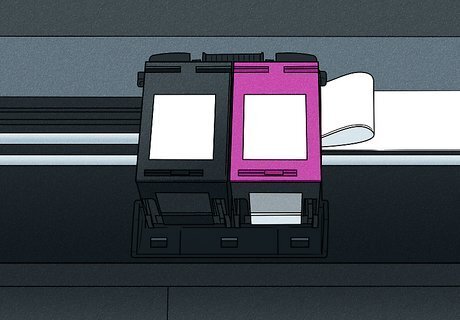
Test the printhead. Place back the printhead unit and/or cartridges, plug back in the printer, and try to print a test page. Your printer should now work as usual. If your printer still doesn't print correctly, try leaving the printhead unit (or cartridges) in the alcohol and water mixture overnight.
Using HP Smart (HP Printers)
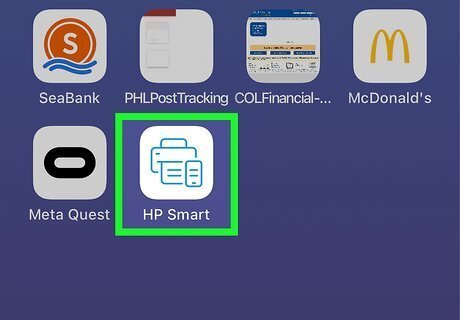
Open the HP Smart app. Most HP Printers now use the HP Smart app, making cleaning your printheads from within Windows or macOS easy. If you don't have the HP Smart app on your computer, download it from https://www.hpsmart.com. Make sure your printer is turned on and has at least one sheet of paper inserted.
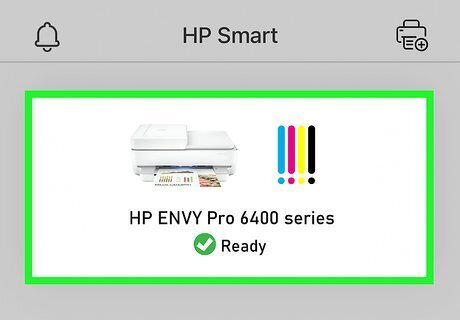
Select your printer. If you have multiple printers linked to HP Smart, they'll all appear here. If you don't see your printer, make sure it's connected to the internet or to your computer with a USB cable.
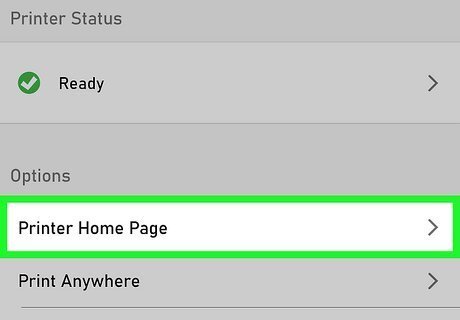
Click Printer Home Page.
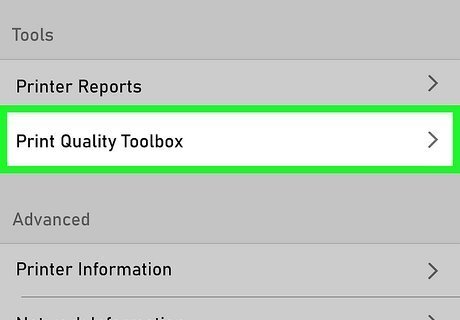
Click Print Quality Toolbox. A list of maintenance options will appear.
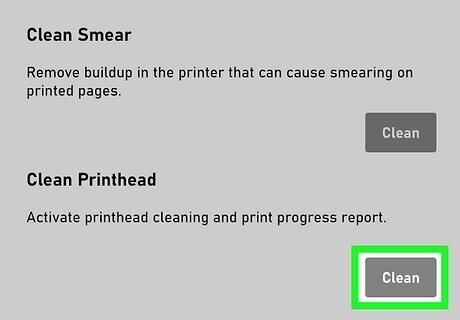
Click Clean next to "Clean Printhead." Your printer will now clean its printhead and print a text page when finished.
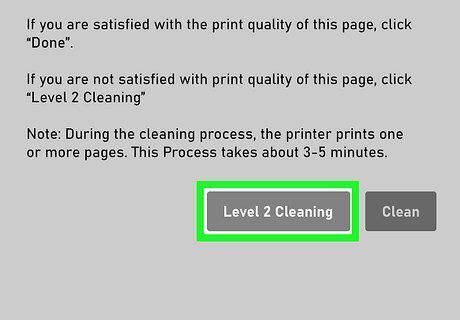
Tap Level 2 cleaning if the printhead is still not clean. If the printed page looks fine, there's no need to choose this deep-cleaning option. But if the print quality is still poor, this step should resolve the problem. If the printhead still needs to be cleaned, see this method.















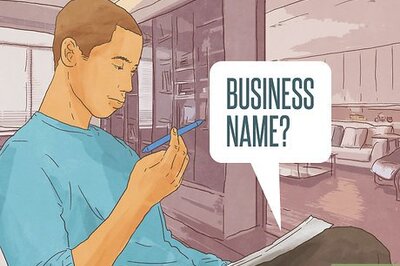
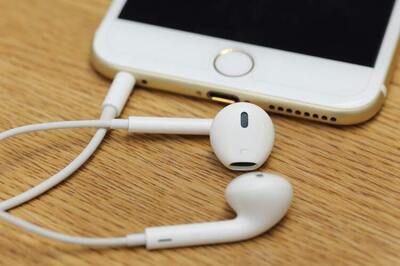
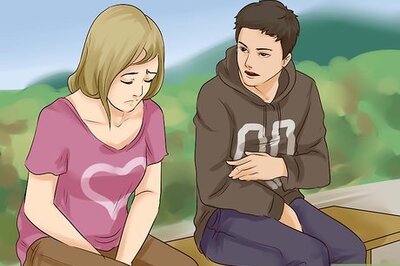


Comments
0 comment